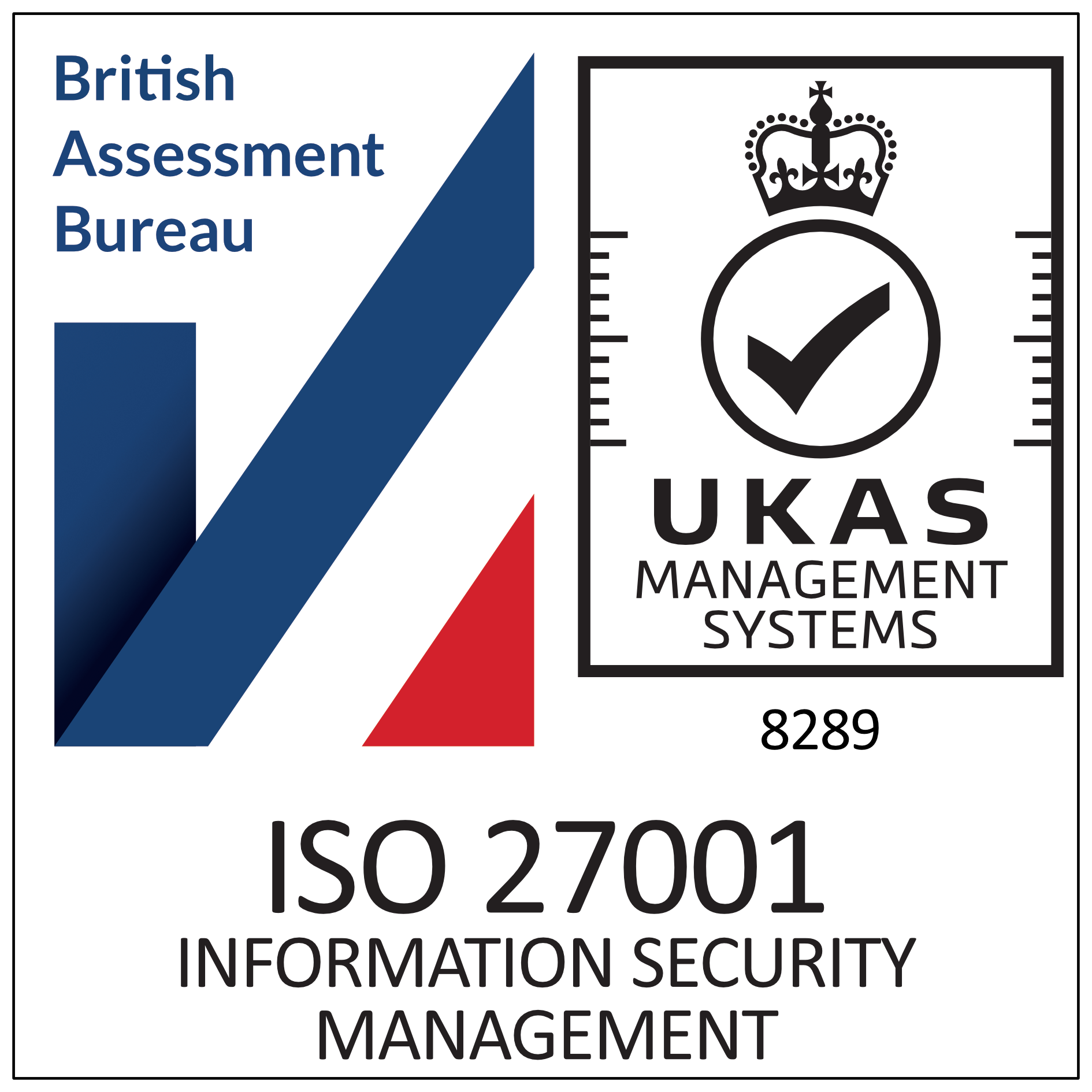Electronic Signature of Deeds and Contracts
In today’s high tech world, business people want to make extensive use of modern IT facilities whenever possible, both for convenience and speed. They do not want to be held back by having to create and sign documents in the traditional way.
Fortunately, the law allows use of electronic means to enter into valid and legally binding agreements and other documents in many cases.
The Law Commission issued a recent report on the electronic execution of documents. Therefore, the opportunity has been taken to add a new guidance note to the portfolio of documents - the Guidance Note: Electronic Signature of Deeds and Contracts. It supplements the existing Guidance Note: Formalities for Signing Deeds and Contracts which has also recently been updated.
The new Guidance Note fully takes into account the conclusions and views of the Law Commission’s recent report.
The new Guidance Note: Electronic Signature of Deeds and Contracts and the updated Guidance Note: Formalities for Signing Deeds and Contracts can both be found in each of the Business, Corporate and Property folders.
The Guidance Note: Electronic Signature of Deeds and Contracts sets out the legal basis for electronically creating, executing and communicating certain types of contracts, deeds and other documents. As it explains, not only are many types of document in electronic form as valid as if they were in hard copy form, but also “electronic signatures” appended to them are also just as valid as traditional hand-written signatures.
If you read both the new and the revised Notes, they will help you to decide whether and how you can validly create and sign a particular document electronically.
The contents of this Newsletter are for reference purposes only and do not constitute legal advice. Independent legal advice should be sought in relation to any specific legal matter.


